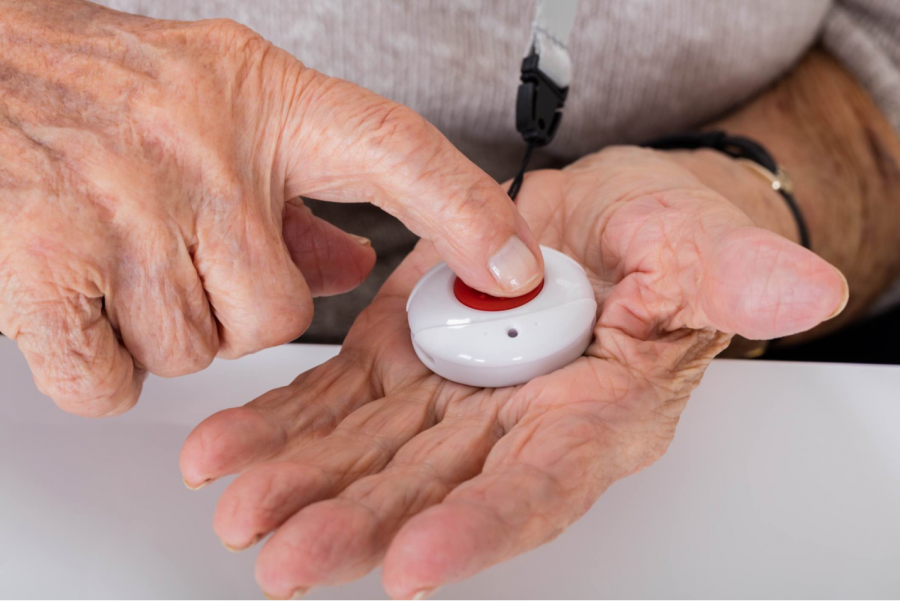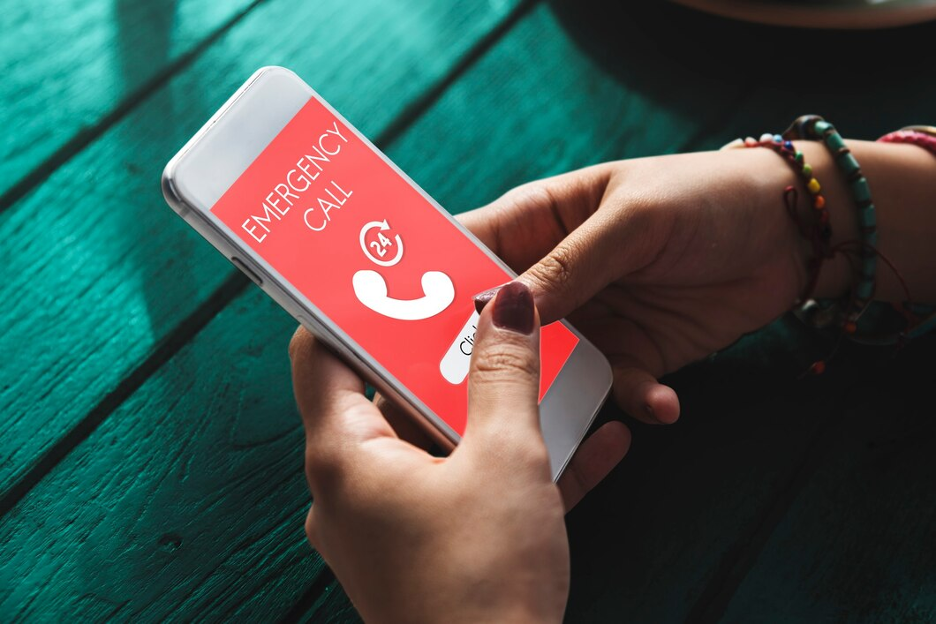Personal emergency response systems (PERS) are designed to provide peace of mind for seniors, individuals with medical conditions, and their caregivers. These systems ensure that help is always within reach, whether at home or on the go. However, simply owning a PERS device isn’t enough—it needs to be used correctly and integrated into daily life to be truly effective.
This guide offers practical tips for maximizing the benefits of emergency response systems. From setting up the device properly to ensuring consistent use, we’ll cover everything you need to know to make these systems work seamlessly.

Understanding Personal Emergency Response Systems
A personal emergency response system is a device that allows users to call for help with the press of a button. Most systems include a wearable pendant or wristband, a base station that connects to emergency services, and in some cases, mobile GPS tracking.
Caregivers and seniors alike rely on emergency response systems to provide immediate assistance during falls, medical emergencies, or other urgent situations. But while these devices can be life-saving, they’re only effective if they’re used correctly and consistently.
Choosing the Right PERS for Your Needs
Before diving into setup and best practices, it’s important to select a system that fits the user’s lifestyle. Consider the following factors when making a choice:
1. Home-Based vs. Mobile Systems
- Home-based PERS connects to a landline or cellular network and works within a limited range. Ideal for individuals who spend most of their time at home.
- Mobile PERS includes GPS tracking and works anywhere with cellular coverage, making it suitable for active seniors or those who frequently leave home.
2. Fall Detection Capability
Some PERS models come with automatic fall detection, which triggers an alert without the user pressing a button. This feature is particularly useful for individuals at high risk of falling.
3. Two-Way Communication
A good emergency response system should allow the user to speak directly with a dispatcher. Look for models with a built-in speaker and microphone for easy communication.
4. Battery Life and Charging Needs
Consider the battery life of the device. Wearable buttons often have long-lasting batteries, while mobile PERS may require regular charging.
5. Waterproof Features
Since many falls occur in the bathroom, having a waterproof device ensures protection even when showering or bathing.
Setting Up the System Correctly
Once you’ve chosen the right device, proper setup is crucial for effective use. Here’s how to get started:
1. Read the Instructions Thoroughly
Manufacturers provide detailed setup instructions. Take the time to go through them to avoid common mistakes.
2. Test the Device Regularly
After setting up, test the system by pressing the emergency button. Ensure that the call connects to the monitoring center and that communication is clear.
3. Ensure Proper Placement of the Base Unit
For home-based systems, the base station should be placed in a central location, preferably near the user’s most frequented areas.
4. Program Emergency Contacts
Most PERS devices allow users to store emergency contact numbers. Add trusted family members, neighbors, or caregivers to the contact list.
5. Check Connectivity
- If using a landline, verify that the phone line is functional.
- For cellular-based systems, ensure strong signal reception in all areas of the home.
Making PERS a Habit: Encouraging Daily Use
One of the biggest challenges with PERS is ensuring that users consistently wear and use the device. Here’s how to encourage regular use:
1. Wear It Every Day
- Choose a comfortable design to make daily wear easier.
- Keep it on at all times, even during sleep or showers if it’s waterproof.
2. Make It Part of the Routine
- Put it on like a watch or jewelry in the morning.
- Keep a spare charging dock in commonly used areas.
3. Address Common Concerns
Some seniors hesitate to wear their device due to embarrassment or fear of false alarms. Reassure them that:
- It’s better to have false alarms than to be unable to call for help in an emergency.
- Emergency responders are used to handling accidental activations.
Ensuring Quick and Reliable Emergency Response
Having a PERS is one thing, but knowing how to use it properly in an emergency is critical.
1. Press the Button Immediately
- In case of a fall, dizziness, or distress, don’t hesitate—press the button right away.
- Delays can worsen medical situations, so it’s better to call for help even if the issue turns out to be minor.
2. Speak Clearly to the Dispatcher
- If the device has two-way communication, state your name, location, and the nature of the emergency.
- If unable to speak, dispatchers will send help based on programmed emergency contacts and location tracking.
3. Keep Emergency Contacts Updated
- Regularly update the list of family members, caregivers, and neighbors who should be notified.
- Make sure contacts know they’re listed as emergency responders.
Maintaining and Testing Your PERS Regularly
A PERS device is only useful if it works properly. Regular maintenance ensures reliability.
1. Perform Monthly System Tests
- Press the emergency button to ensure the call connects.
- Check that the microphone and speaker function correctly.
2. Monitor Battery Life
- For battery-powered devices, charge them daily.
- If using a system with replaceable batteries, change them as recommended by the manufacturer.
3. Update Medical Information
- Some systems store user medical details. Ensure that any new allergies, medications, or conditions are updated.
4. Inspect Wear and Tear
- Check the wearable button and base unit for physical damage.
- Replace any faulty components immediately.
Addressing Common Myths and Misconceptions
Despite their benefits, some people are hesitant to use a PERS. Let’s debunk a few common myths:
1. “I’m Healthy, I Don’t Need One”
Emergencies can happen to anyone, even those in good health. A PERS provides security for unexpected accidents.
2. “It’s Too Expensive”
Many providers offer affordable plans, and some insurance policies may cover the cost.
3. “It’s Only for the Elderly”
While seniors are the primary users, PERS can be helpful for individuals with disabilities or chronic illnesses as well.
4. “False Alarms Are a Problem”
Emergency responders would rather handle a false alarm than arrive too late to a real emergency.

Final Thoughts: Making the Most of Your PERS
A personal emergency response system is a valuable tool, but it’s only as effective as the person using it. By choosing the right system, wearing it consistently, and testing it regularly, seniors and caregivers can maximize its benefits.
Encourage open discussions with loved ones about the importance of these devices. The more familiar users are with their PERS, the more confident they’ll be in using it when it matters most.





